Description: In 1987, in the most avant-garde Italian wine-growing areas, it was mostly thought of replanting old vineyards, replacing them with new plantings, different clones, and dense planting densities. Instead, thanks to a prophetic foresight of the oenologist Giuliano Noè (unanimously considered one of the noble fathers of Barbera, at that time our consultant) Vinchio Vaglio decided to identify the best vineyards of over 50 years old and started producing a wine called ‘Vigne Vecchie’. At first, this was not an easy project to settle because the winery decided to impose some strict rules such as hand harvesting in perforated crates to preserve the integrity of the grapes and a compulsory day of harvest as a specific line was dedicated to press the same prized and delicate grapes. It was immediately a great success. Those same vineyards are now more than 80 years old and require a very accurate work, but the few grapes they produce have very special qualities and characteristics, and so that the winegrowers can continue to work them, the cooperative guarantees them the highest possible price.
Harvest: The grapes come from vineyards of more than 50 years old. After the green harvest and careful selection, the grapes are hand harvested and collected in perforated crates to preserve their integrity in the early morning and delivered to the winery in the afternoon.
Vinification: After the crushing and destalking of the grapes, the must is sent to temperature controlled horizontal tanks. The alcoholic fermentation and maceration last around 9 days at an initial constant temperature of 24 °C, which gradually rises to 28 °C. This process allows the wine to obtain excellent aromas and to extract the polyphenolic substances from the skin.
Ageing: The malolactic fermentation takes place immediately after the alcoholic fermentation in stainless steel tanks at a constant temperature of 18 °C. At the end of the winemaking process, the wine goes into new and second year French barriques and 500 litres tonneaux for about 16 months. The wine remains in cement tanks for another month prior bottling, followed by 18 months of bottle ageing.
Tasting notes: The wine has an intense ruby red colour with purple hues. The nose is very complex with aromas of canned fruits, violet, vanilla and slightly oaky scents with spices such as liquorice, eucalyptus and dried fruits. On the palate, the wine is warm, full body and fresh at the same time.
Pairings: Pasta with meat sauce or mushrooms. Red meats (braised roasted and rolled meat), perfect with mild, spicy and blue cheeses. To pair with Piedmontese dishes, we suggest the “finanziera” made from beef and white meat offals. Even as meditation wine after dinner with a piece of dark chocolate.
Serving temperature: 18 °C.
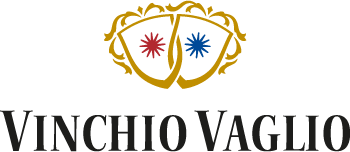
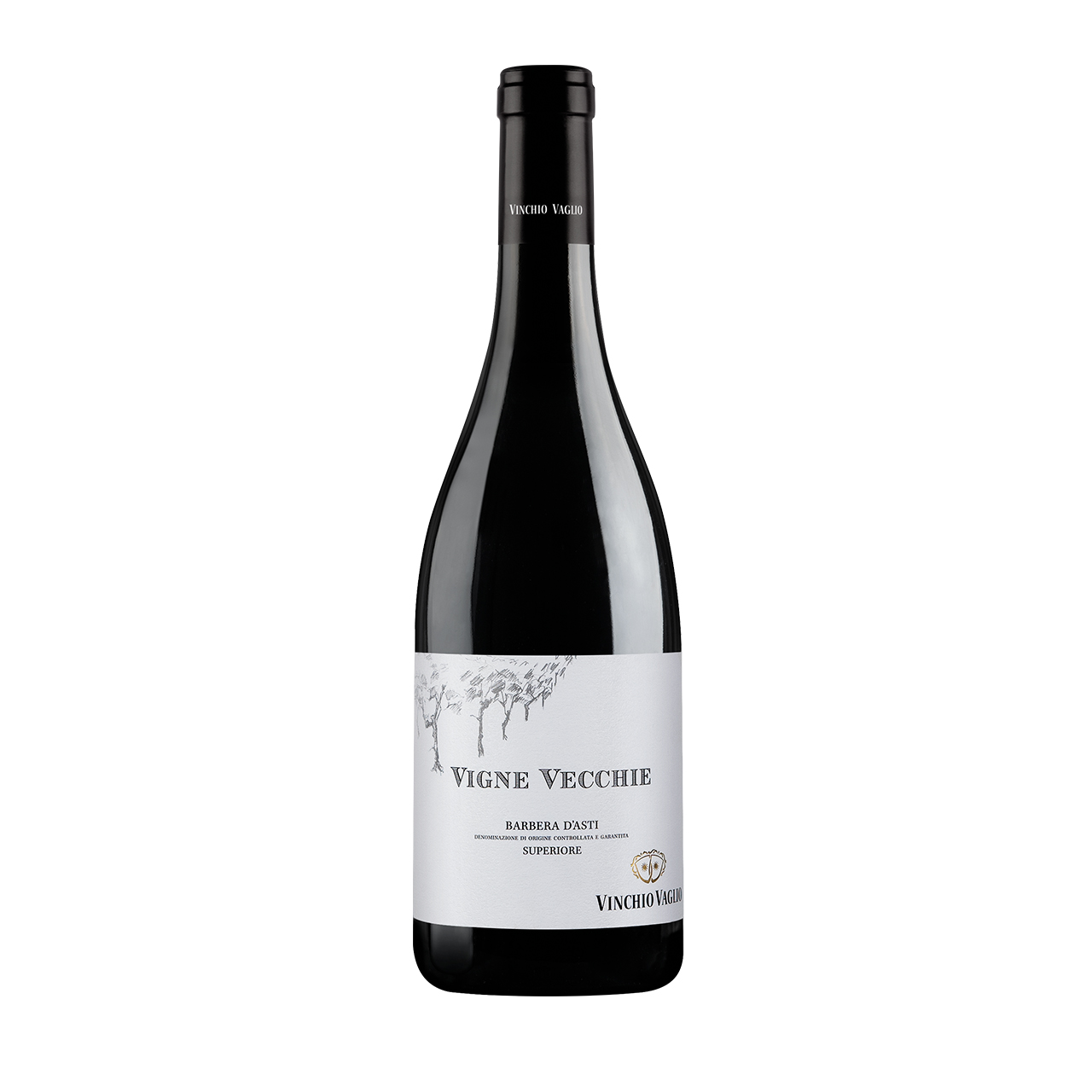
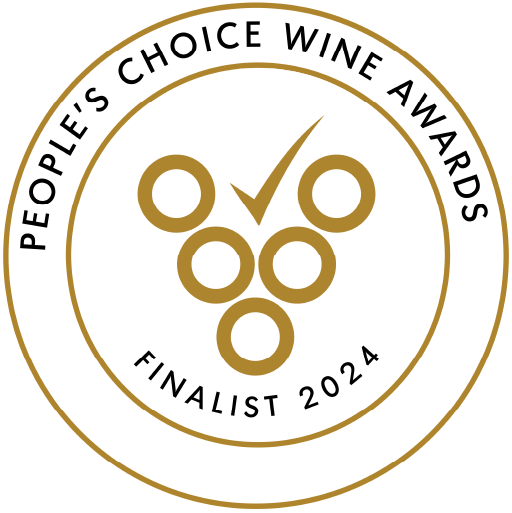

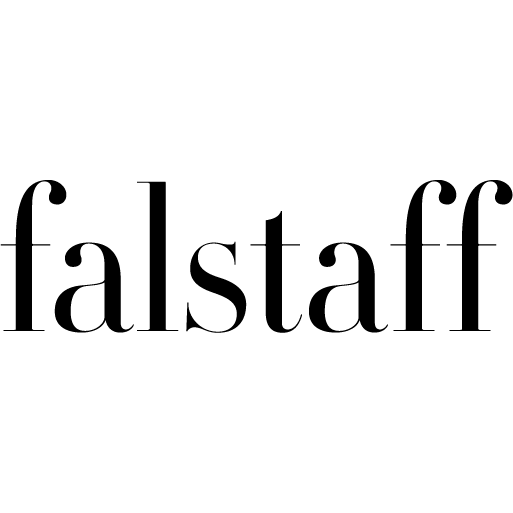

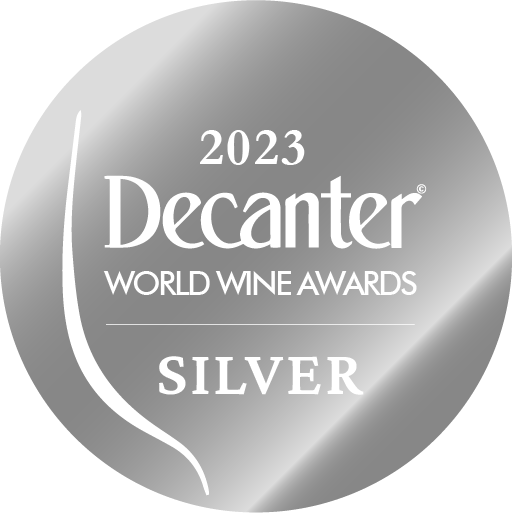

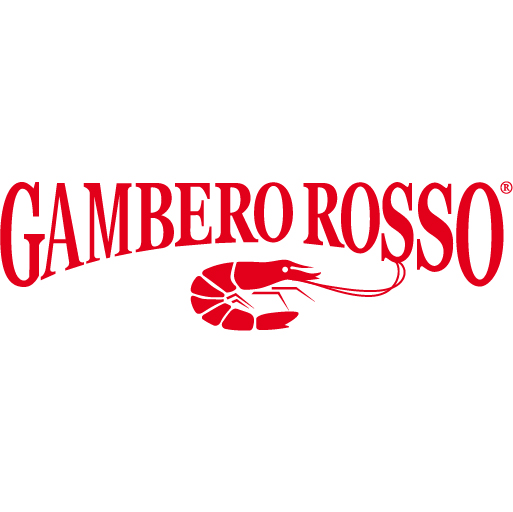

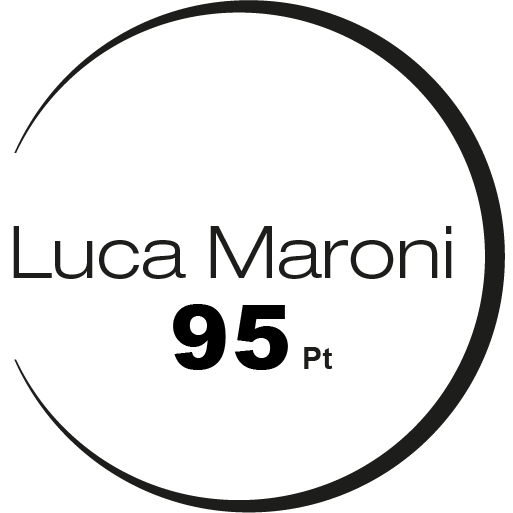
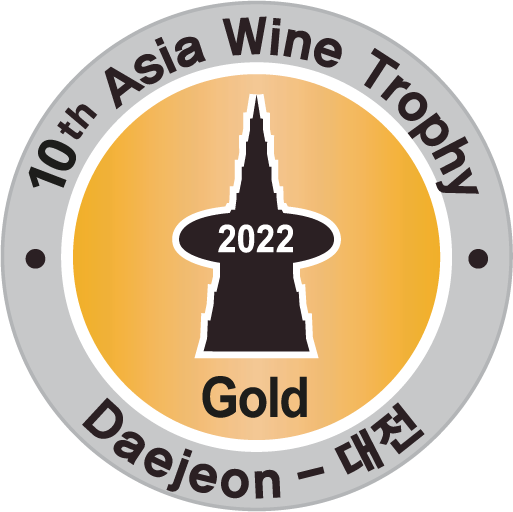
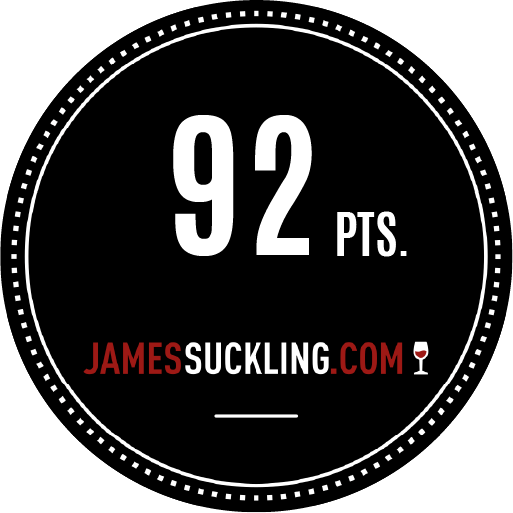
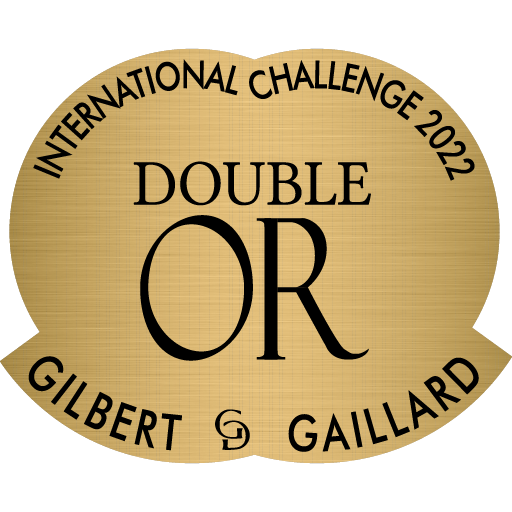
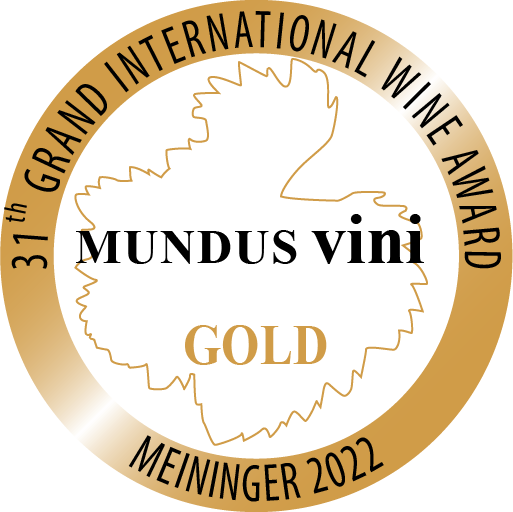
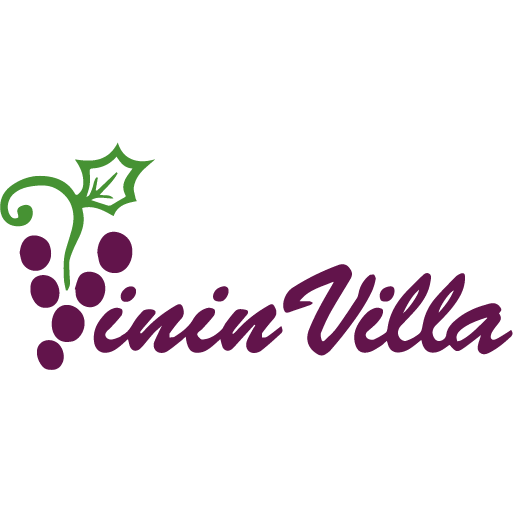
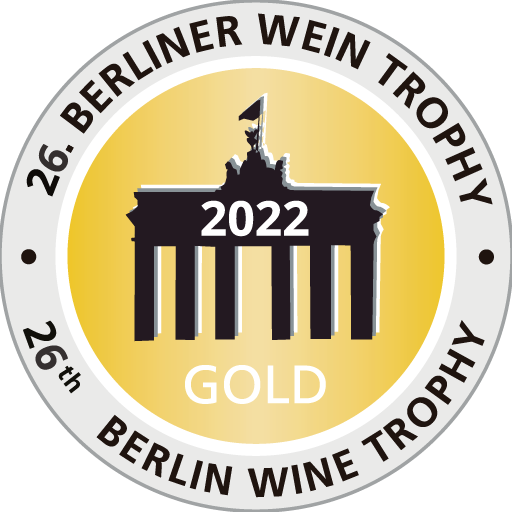
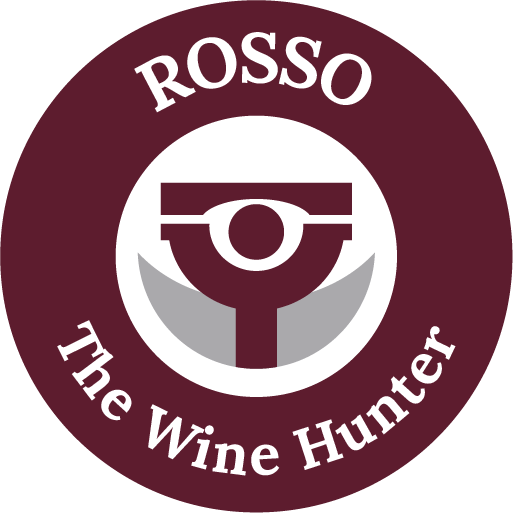
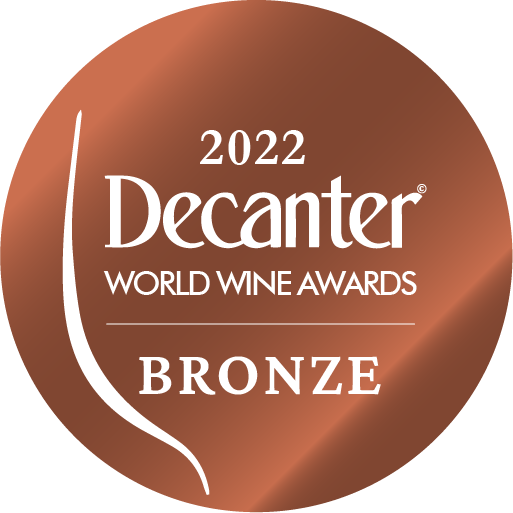
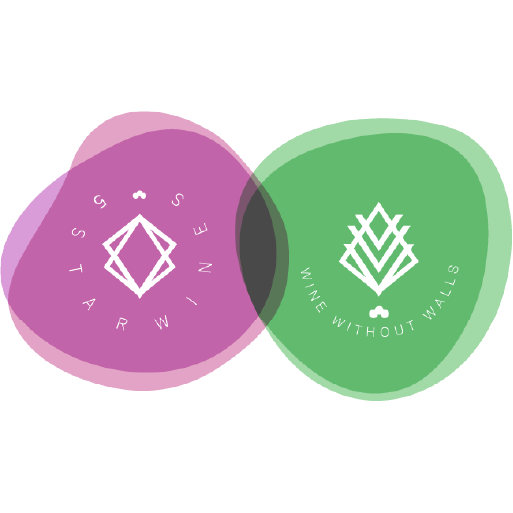


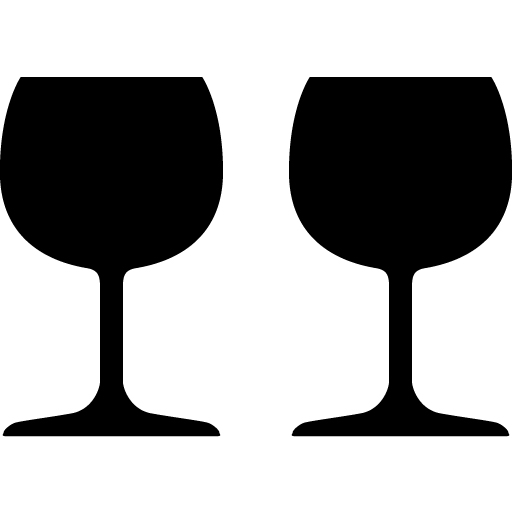

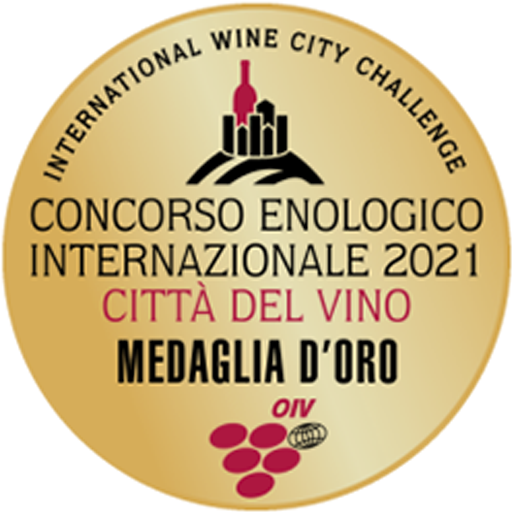
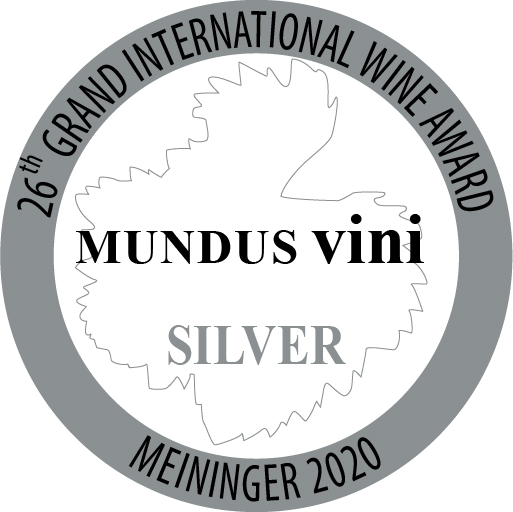
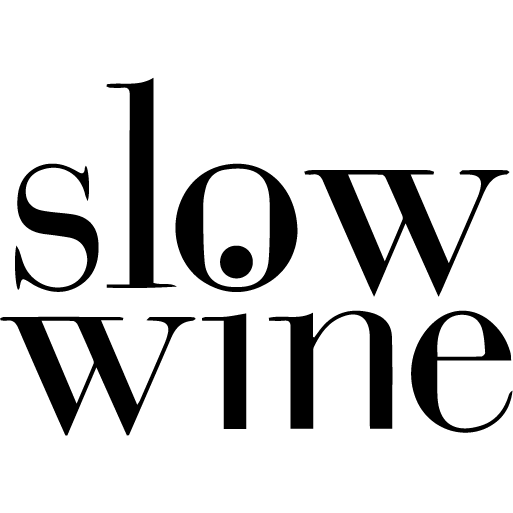
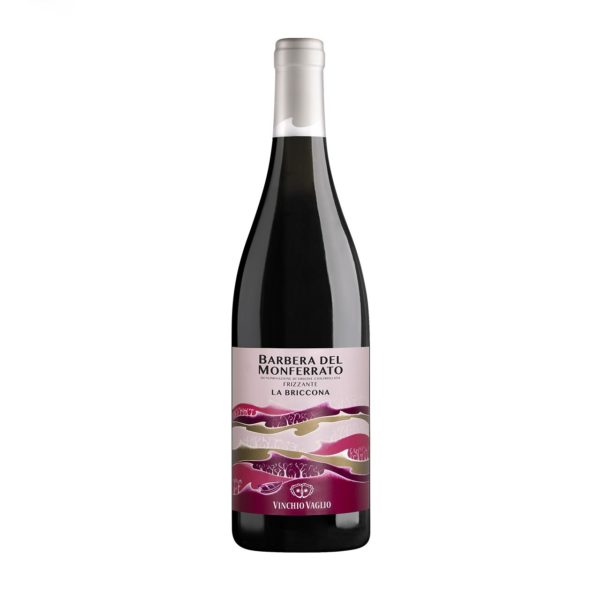
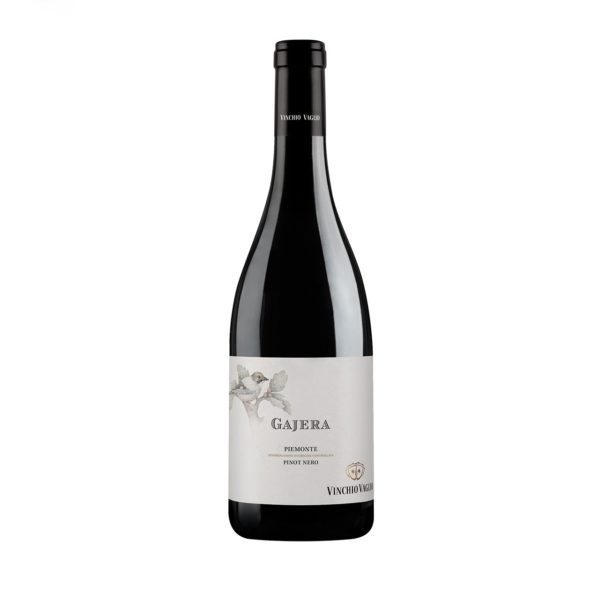


Reviews
There are no reviews yet.